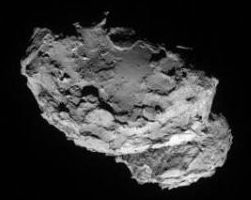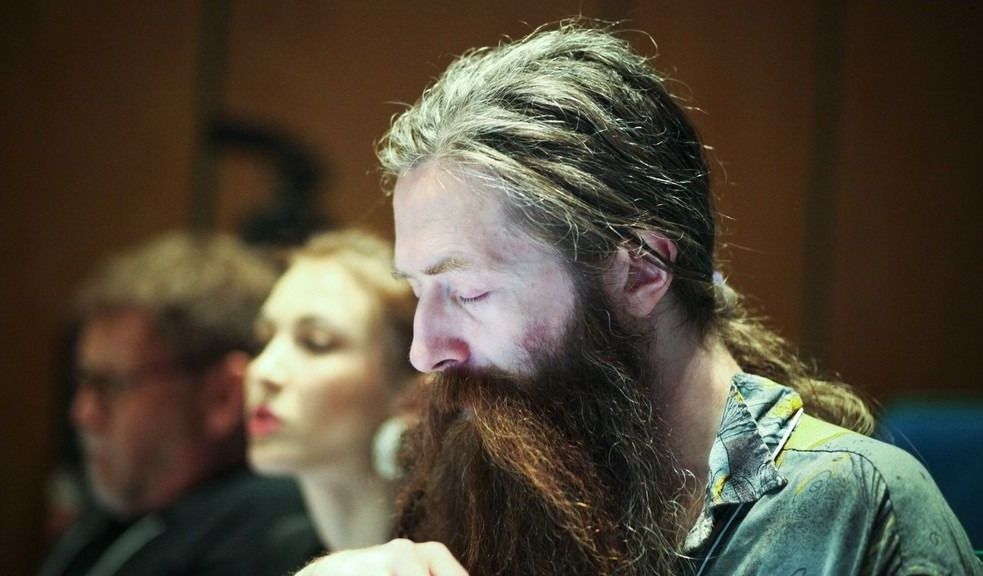
Get the latest international news and world events from around the world.


Nick J Fox: The posthuman condition? A materialist odyssey from obesity to sexualities to ecology
Https://paper.li/e-1437691924#/
IASH and the School of Social and Political Science are pleased to invite to a guest lecture by Prof. N.J. Fox (Sheffield) on 16th May 2018 in the IASH Coffee room. Coffee available from 3pm for 3.30pm start.
The posthuman condition? A materialist odyssey from obesity to sexualities to ecology.
Nick J Fox

A.I. Researchers Are Making More Than $1 Million, Even at a Nonprofit
That raises significant issues for universities and governments. They also need A.I. expertise, both to teach the next generation of researchers and to put these technologies into practice in everything from the military to drug discovery. But they could never match the salaries being paid in the private sector.
Tax forms filed by OpenAI provide insight into the enormous salaries and bonuses paid to artificial intelligence specialists across the world.

Weekend Asteroid Flyby Confirms We’re Worrying About the Wrong Space Rocks
This asteroid flyby was so close it was about halfway between the Earth and Moon. How’d we miss THAT? #SCINow
An asteroid approximately the size of a football field flew close by Earth only a day after it was first spotted this weekend. This near miss is a perfect example of an argument I’ve been making for some time: These are the asteroids we should worry about, not the so-called potentially hazardous rocks being tracked by NASA and periodically hyped by panicked headlines.
NASA scientists first observed the asteroid, now called 2018 GE3, on April 14, according to a database. It ventured as close as halfway the distance between Earth and the Moon, and was estimated to be between 47 meter and 100 meters in diameter (~150 and 330 feet). This is smaller than the asteroids governed by the NASA goal, which is to track 90 percent of near-Earth objects larger than 150 meters (~460 feet) in diameter. Nevertheless, it still could have caused a lot of damage if it had hit Earth.
If you read tabloids or Google news headlines, you probably hear about “potentially hazardous asteroids” all the time. But, like we’ve said before, those are not the asteroids you need to worry about. Potentially hazardous asteroids are those that NASA has determined could possibly hit the planet in the distant future, generally those within 20 lunar distances of Earth and 140 meters in diameter or larger.
PERFECT Official Trailer (2018) Abbie Cornish Sci-Fi Movie HD
Follow us on Twitter ▶ https://goo.gl/8m1wbv
A young man with a violent past enters a mysterious clinic where the patients wildly transform their bodies and minds using genetic engineering.
© 2018

The US Military Will Award $10 million to the Company That Can Launch Satellites on Short Notice
I guess the anti satellite missiles and lasers are a real threat now.
The Air Force is desperate to replace larger satellites that are vulnerable to attack, and fast.
US military leaders are bullish about small satellites as tools to spy on adversaries and provide secure communications, but there’s just one problem: There isn’t a good way to get them into space, on demand.
Inspired by NASAs partnerships with rocket makers like SpaceX, the Pentagon is turning to private industry, as half a dozen companies, most backed by venture capitalists, are working to launch small satellites more cheaply than ever to meet the demands of a growing number of small-satellite startups.



This amateur mathematician just made an enormous “lucky” breakthrough in solving the 60-year-old Hadwiger-Nelson problem
The breakthrough is the first time the problem’s answer has been narrowed down since last century.
Health Pod Gives You a Check Up Without a Doctor
This health pod could replace your yearly check up.